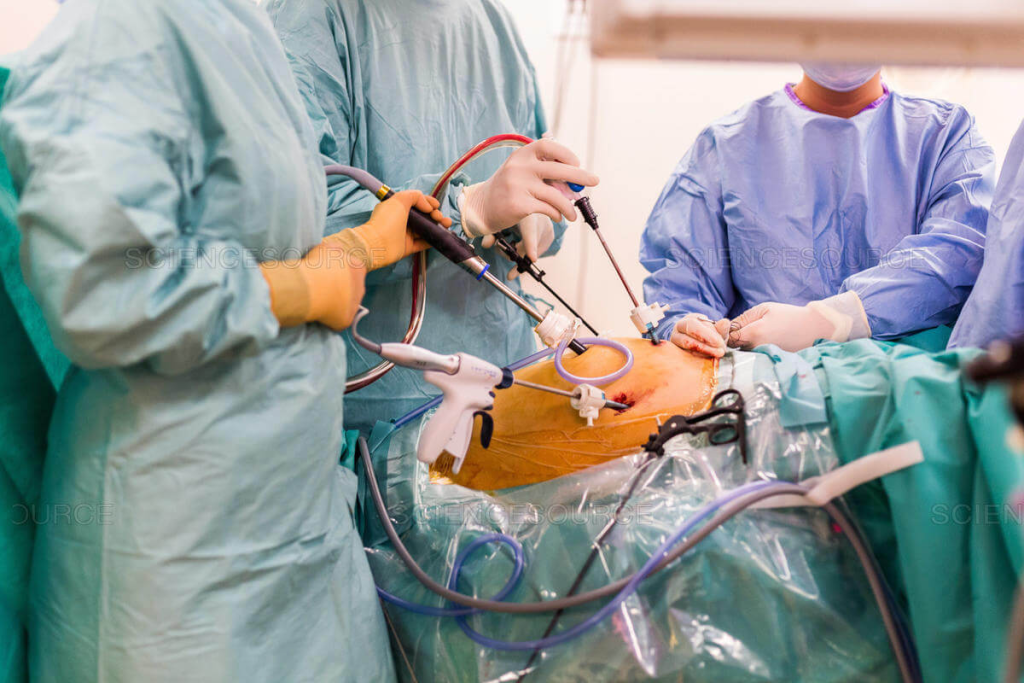
Surgery covers a wide range of procedures, each with its own challenges. Some surgeries are riskier and require a lot of skill.
Surgeries like thoracic aortic dissection repair and craniectomy are very tough. They are complex, and patients are in critical condition. These operations require a high level of precision and skill.
The riskiest surgeries deal with delicate structures. They carry significant risks, making the surgeon’s skill crucial for success.

What makes a surgery hard to do involves looking at its technical parts, death rates, and the need for special training. Surgeries are tough because of many factors that make them complex and risky.
A big study from 2015 gave us important information on risky surgeries. It showed how complex surgeries are.
The study found important things that make a surgery risky. These include technical complexity, mortality rates, and the need for specialized training.
High-risk surgeries have higher mortality rates and more complications. These surgeries need a lot of care and precision to lower risks.
The role of volume requirements and specialized training for surgeons in risky procedures is huge. Surgeons need lots of experience and training to handle complex surgeries.

Cardiovascular surgeries are very complex and risky for patients. They need a lot of skill and are often done in critical situations.
Open aortic surgery is a complex procedure. It involves fixing or replacing the aorta, the biggest artery. Aortic dissection repair is a tough part, as it deals with tears in the aorta wall. This surgery has risks, with death rates from 10% to 30% in emergencies.
The surgery needs a very skilled team. Preoperative planning and intraoperative decision-making are key to success. Even with new techniques and care, it’s one of the toughest surgeries.
The Norwood procedure is for newborns with a rare heart condition called HLHS. It’s about reconstructing the aorta and creating a new blood flow to the lungs and body.
This surgery is very complex because it deals with a newborn’s heart. The procedure is done in stages, with the first stage being the most critical. Thanks to new techniques and care, survival rates have improved, but it’s a tough procedure.
Heart transplantation is a lifesaver for those with failing hearts. It involves replacing the diseased heart with a donor heart. Though it’s more common, it’s complex because of immunosuppressive management to avoid rejection.
Artificial heart implantation is another complex procedure. It’s used as a bridge to a heart transplant or as a final option. The challenges include ensuring proper device function and managing risks of infection and blood clots.
Neurosurgery is very complex and risky. It deals with delicate parts of the brain. Surgeons must be very precise to avoid problems.
Cerebrovascular surgeries are high-risk. They include aneurysm clipping and AVM resection. These surgeries are complex and can lead to serious complications.
Aneurysm clipping stops an aneurysm from bursting. AVM resection removes a tangled blood vessel. Both need a lot of skill and carry risks like stroke and brain damage.
An awake craniotomy lets the patient stay awake during surgery. It helps surgeons avoid harming important brain areas. This way, they can see how the patient’s brain is working.
This surgery is very hard. It’s about removing a tumour without harming the brain. It needs a skilled team and the right patient.
Hemispherectomy removes or disconnects half of the brain. It’s for severe epilepsy. This surgery is risky because it can affect thinking and movement.
These surgeries need careful planning and skill. Risks include infection, fluid buildup in the brain, and brain problems.
Abdominal and transplant surgeries are among the most difficult in medicine. They are complex, risky, and require special skills and knowledge.
The Whipple procedure, or pancreaticoduodenectomy, is a very complex surgery. It removes parts of the pancreas, duodenum, gallbladder, and sometimes the stomach. It’s mainly done for pancreatic cancer or other pancreatic issues.
The mortality rate for this surgery is 2-5% even in top hospitals. This shows how risky it is.
Liver transplantation is a complex surgery that replaces a sick liver with a healthy one. It’s a lifesaver for those with severe liver disease. But it’s very challenging and risky, with problems like rejection and complications from immunosuppression.
For more info on multi-visceral transplantation, including intestinal transplant, visit the Children’s Hospital.
Multi-visceral transplantation is when several organs, like the intestine, liver, and pancreas, are transplanted at once. It’s for patients with severe abdominal problems. It needs a team effort and is very complex.
Ex vivo procedures, where organs are worked on outside the body before transplant, make these surgeries even more challenging.
These surgeries highlight the importance of skilled surgeons, top-notch medical facilities, and thorough care after surgery. They help manage the risks and complexities of these operations.
Some surgeries are incredibly challenging. They need a lot of skill, time, and effort. These operations are at the edge of what’s possible, pushing surgical teams to their limits.
A top expert in reconstructive surgeons said, “These surgeries are not just long. They require precision, skill, and the ability to handle unexpected problems.” They show how far medical science has come and the hard work of surgeons.
Separating conjoined twins is a huge challenge. These surgeries can take 12 to 24 hours or more. The team must plan carefully to avoid risks to both twins.
A great example is the separation of craniopagus twins, joined at the head. It needs a team of neurosurgeons, plastic surgeons, and others working together.
Composite tissue allotransplantation is when tissues like skin, muscle, and bone are moved from one person to another. Face and hand transplants are very complex. They need careful matching and precise surgery.
“Face transplantation is a life-changing procedure that not only restores function but also provides a new lease on life for patients with severe facial disfigurement.”
The success of these transplants depends on the right treatment and the team’s skill in microvascular surgery.
Pelvic exenteration is a radical surgery for pelvic cancers. It removes the pelvic organs and tissues. This surgery is very complex because of the pelvic area’s delicate nature.
These surgeries show the highest level of surgical complexity and demand. They highlight the need for specialized training and teamwork.
The world of complex surgeries is changing fast. New tech and techniques are leading the way. This includes heart, brain, and abdominal surgeries, which are tricky and risky.
The future of surgery aims to make things safer, easier to access, and more effective. Robots, like the Da Vinci system, are being used in some surgeries. But, they’re not always better than old methods, and they cost more.
As we move forward, tackling the tough parts of surgery is key. We need better training to keep patients safe and reduce problems. The future of surgery will depend on new research, tech, and a focus on better patient care.
The hardest surgeries include heart and aorta operations, like open aortic surgery and heart transplants. Neurosurgery, such as clipping aneurysms and awake craniotomies, is also very challenging. Abdominal surgeries, like the Whipple procedure and liver transplants, are also among the most difficult.
The longest surgery is often the separation of conjoined twins. It can take up to 96 hours or more, depending on the case’s complexity.
High-risk surgeries have a high chance of death or complications. They also need special training and are done less often, as shown in a 2015 study.
The riskiest surgeries are heart, liver, and multi-visceral transplants. They are very complex and carry high risks.
Pelvic exenteration and radical cancer surgeries are very painful. This is because they damage a lot of tissue and are complex.
Common surgeries include cesarean sections, hysterectomies, and cholecystectomies. The exact order can vary by source and population.
Long surgeries can last from 8 to 24 hours or more. Some, like separating conjoined twins, can take up to 96 hours or more.
Heart, liver transplants, and neurosurgery, like aneurysm clips, are very hard. They are complex and risky.
Open aortic surgery, the Norwood procedure for kids, and multi-visceral transplants are very dangerous. They have high mortality rates and risks of complications.
Subscribe to our e-newsletter to stay informed about the latest innovations in the world of health and exclusive offers!
WhatsApp us